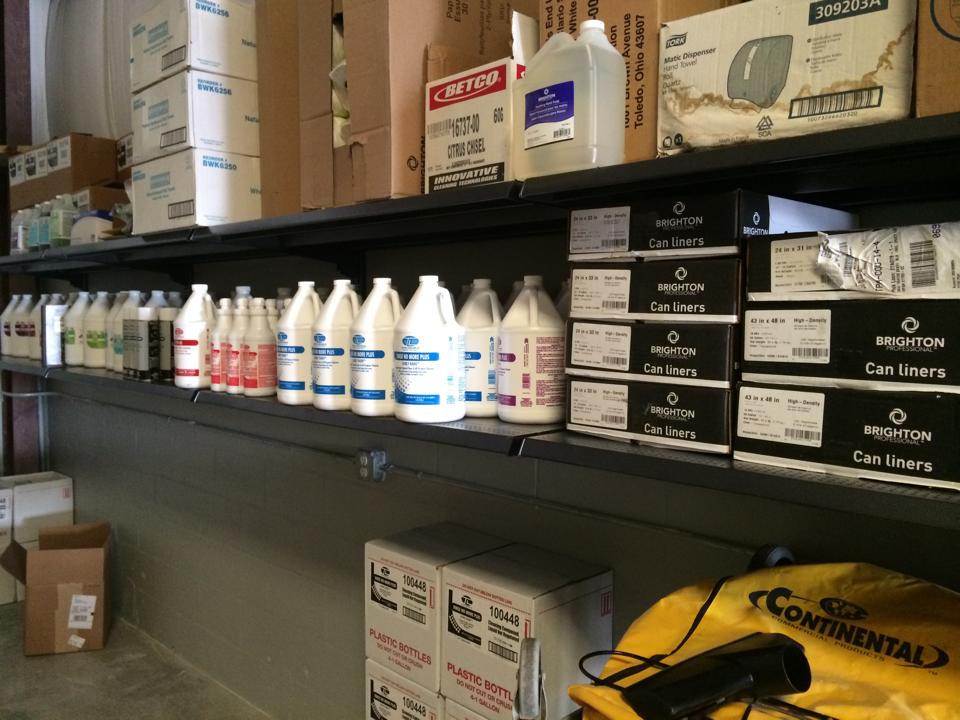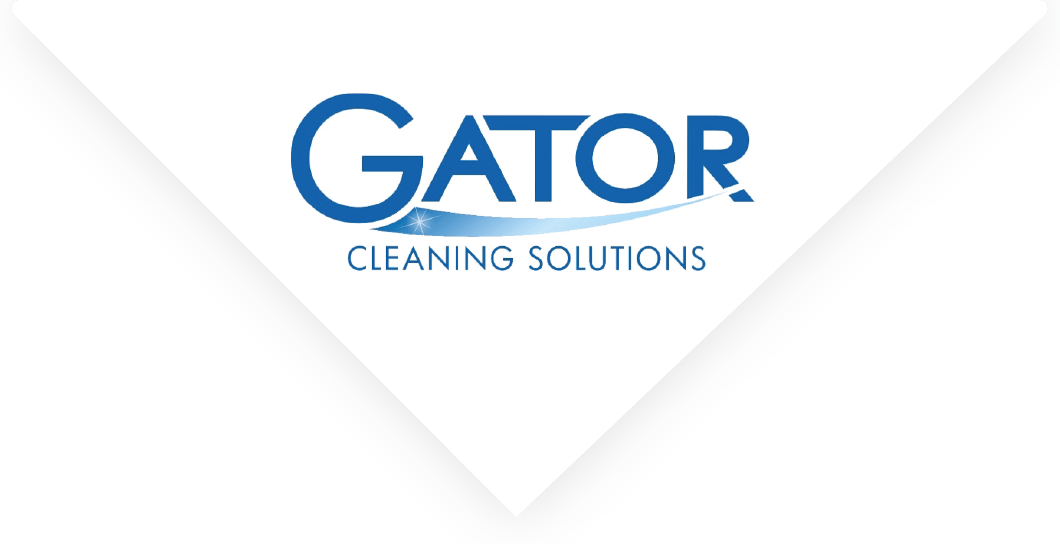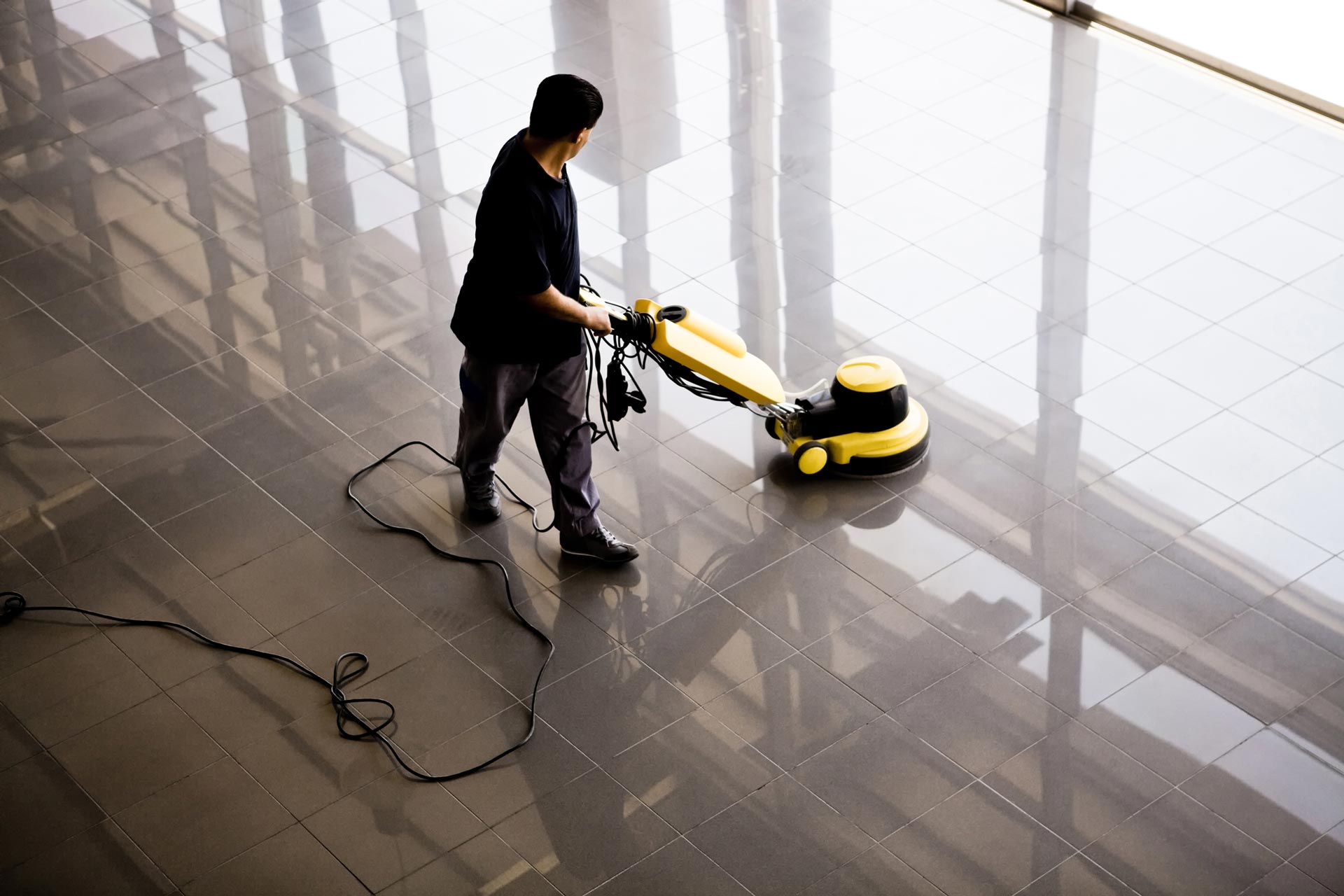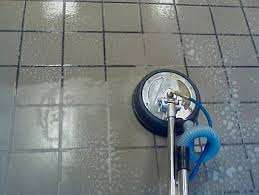Differences in Cleaning, Disinfecting or Sterilizing?
When comparing cleaning vs sanitizing, you’ll want to make sure that cleaning happens first regardless of the surface, and that sanitizing follows depending on the area. Items that come into contact with foods and that are often touched should be sanitized, while locations like hallway floors and windows do not need to be regularly sanitized as they are considered low-risk surfaces.
Cleaning
To clean something means to remove all of the visible contaminations on the surface, including dirt, spills, food particles, dust, etc., by washing, brushing, or wiping the area. This process is surface level and does not eliminate germs but can help reduce their numbers. This is expected to be the first step in the cleansing process. Common cleaning products include:
- Soaps
- Detergents
- Vacuums
- Dusters
- Degreasers
- Glass Cleaners
Sanitizing
Sanitizing means to reduce the number of microorganisms like bacteria, viruses, and fungi on a surface after it has been cleaned. The sanitizer used must reduce the number of bacteria to the level that is deemed safe by the public health standards. To meet CDC requirements, sanitizing chemicals must kill 99.999% of the test bacteria in under 30 seconds.
Although sanitizing reduces the growth of harmful bacteria, it does not kill all of the viruses on a surface. Sanitizing is meant to be used as a preventative measure and is an extremely important practice in restaurants, schools, corporate offices, and hospitals. Every surface that comes into contact with food should be sanitized regularly, often several times a day.
The main difference between cleaning and sanitizing is that cleaning is the act of clearing debris and deposits on a surface, while sanitizing involves killing bacteria after the surface has already been cleared or wiped off.
Disinfect vs Sanitize
The difference between sanitizing and disinfecting is based on the number of bacteria each process eliminates. While sanitizing is meant to kill the majority of germs, it cannot make antiviral claims. Disinfecting is more potent than sanitizing and can kill nearly 100% of bacteria, viruses, and fungi while targeting specific disease-carrying microorganisms like the flu virus, norovirus, and coronavirus.
Because disinfecting is more intense than sanitizing, disinfectant will often be used in areas with a vulnerable population, such as healthcare facilities and daycare centers. Sanitizing would be enough for food service items such as tabletops and cutting boards, but a disinfectant would be needed for places like bathrooms and fitness centers.
Disinfecting
To disinfect means to kill specific viruses and pathogens on a surface using a disinfectant. These cleaning agents must kill 99.999% of infectious bacteria, viruses, and fungi within a 5-10-minute period. It is recommended to disinfect frequently touched surfaces. Bathrooms should always be disinfected due to the pathogens those surfaces can harbor that can lead to the spread of disease. Common disinfectants include:
- Bleach
- Alcohol
- Chlorine
Difference Between Sterilizing and Disinfecting
Although the terms are used interchangeably, there are differences between disinfecting and sterilizing. Disinfecting eliminates nearly 100% of viruses and bacteria on surfaces, while sterilizing will kill all of the viruses, bacteria, fungi, and bacterial spores on an item.
While disinfecting is useful in most settings and on regularly touched surfaces, sterilizing is usually just reserved for instruments used in medical facilities and hospital settings.
Sterilizing
To sterilize an item means to completely eradicate microbes on its surface, including bacterial spores, bacteria, viruses, and fungi. Healthcare facilities are highly dependent on the sterilization of foods, medicines, and equipment to prevent infections in wounds and the spread of diseases from patient to patient. A few methods can be used to sterilize products:
- Chemicals
- Steam
- Heat
- Radiation
We can do all of this for you! Call Gator Cleaning Solutions.
813-929-1122.
The post
Differences in Cleaning, Disinfecting or Sterilizing? appeared first on
Gator Cleaning Solutions.





















